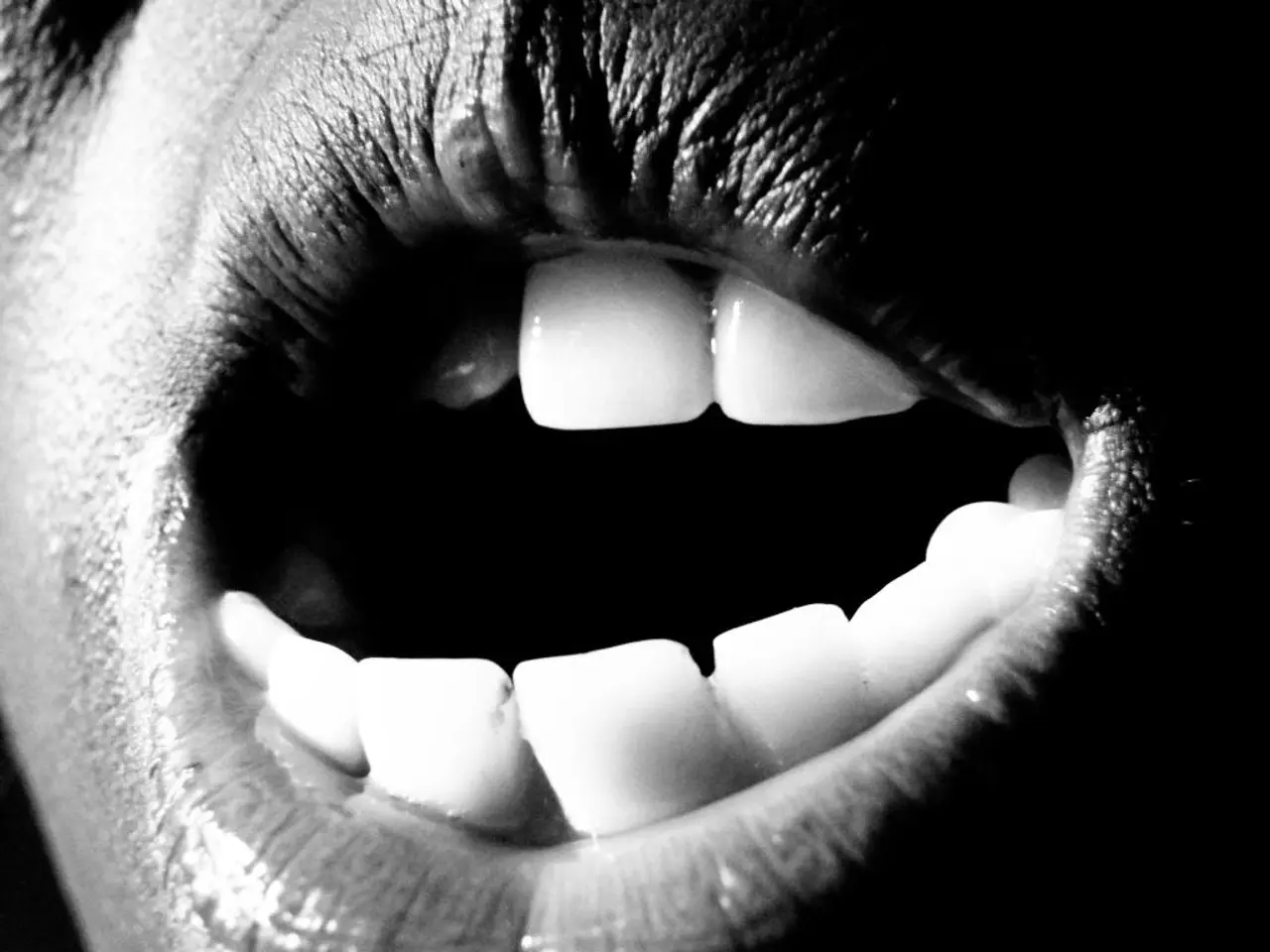3D-printed teeth utilized for research at Uniklinikum Würzburg dental facility
The University Hospital of Würzburg (UKW) has taken a significant step forward in dental education with the introduction of 3D-printed teeth that closely mimic real teeth, serving as a promising alternative to traditional model teeth [1][2].
These innovative teeth are designed to provide dental students with an immersive, hands-on learning experience. They accurately simulate the anatomy and physical properties of natural teeth, allowing students to practice procedures more effectively than with conventional plastic models.
One of the key benefits of these 3D-printed teeth is their ability to reproduce complex features such as different layers (enamel, dentin) and respond to dental tools in a manner closer to real teeth. This enhances the learning experience for students, preparing them better for real patient care scenarios.
The use of 3D printing also enables customization and reproducibility. Specific dental conditions or pathologies can be modeled for targeted training, providing a more realistic and efficient learning environment. Moreover, this technology supports sustainable and cost-effective solutions compared to repeatedly buying commercial model teeth.
The 3D-printed teeth, produced under the leadership of Prof. Dr. Marc Schmitter, are being used by more than twelve PhD candidates, both male and female, for various dental interventions and evaluations. The team from Dental Prosthetics, led by Christian Höhne and Marc Schmitter, was awarded the Albert Kölliker Teaching Prize by the Medical Faculty of the University of Würzburg in December 2023 for their outstanding teaching methods.
The first 3D-printed tooth was produced by Christian Höhne in 2019, based on a 3D X-ray of a carious tooth. Since then, the 3D-printed teeth have been used in numerous publications by the team from Dental Prosthetics.
Students studying dentistry in Würzburg require an average of 300 practice teeth. The 3D-printed teeth offer a cost-effective solution, helping to save costs for students. Furthermore, the 3D-printed teeth provide students with tactile feedback when drilling through the corresponding layers, offering a realistic practice experience.
This initiative sets new standards in dental education by combining clinical relevance with teaching innovation, preparing students for the future of dentistry. The 3D-printed teeth continue to be a promising alternative to classic model teeth, as demonstrated by a study published in the Journal of Dental Education.
[1] University Hospital of Würzburg. (2020). 3D-printed teeth for dental education: A sustainable and cost-effective solution. Retrieved from https://www.ukw.de/en/news/3d-printed-teeth-for-dental-education-a-sustainable-and-cost-effective-solution/
[2] Schmitter, M., Höhne, C., & Team Dental Prosthetics. (2021). The impact of 3D-printed teeth on dental education: A study. Journal of Dental Education, 85(7), 789-796. doi: 10.1002/jdd.12624
Technology in the field of dental education has been revolutionized by the introduction of 3D-printed teeth, providing a more immersive and effective learning experience for students. These 3D-printed teeth accurately simulate the anatomy and physical properties of real teeth, facilitating better practice and preparation for real patient care scenarios.




